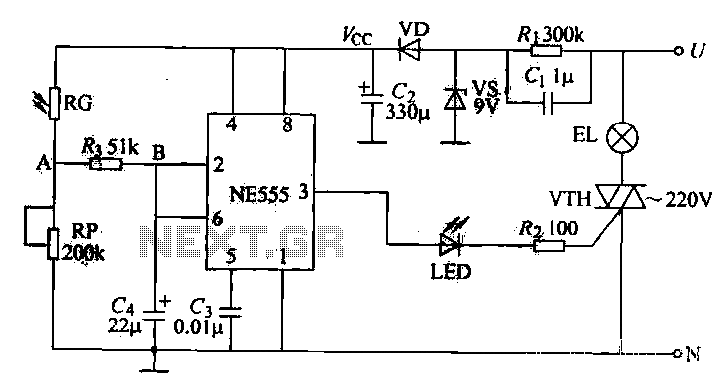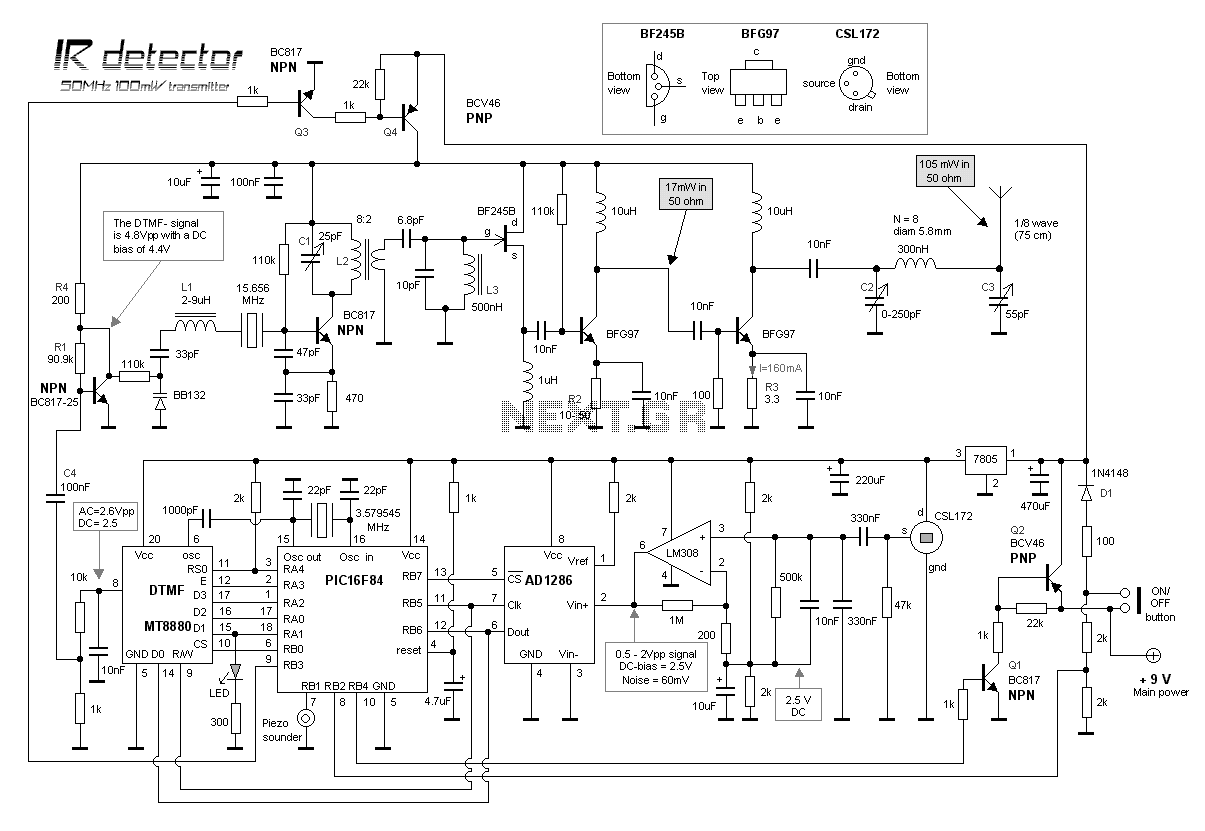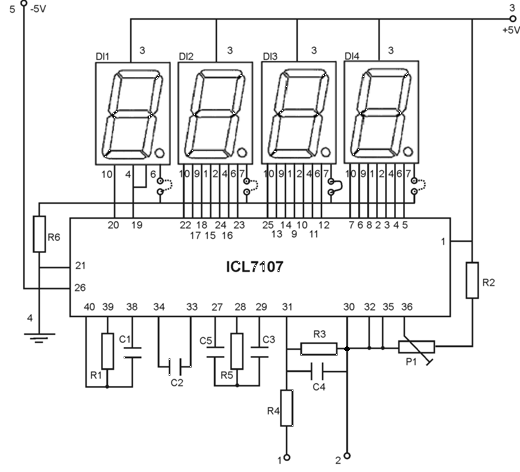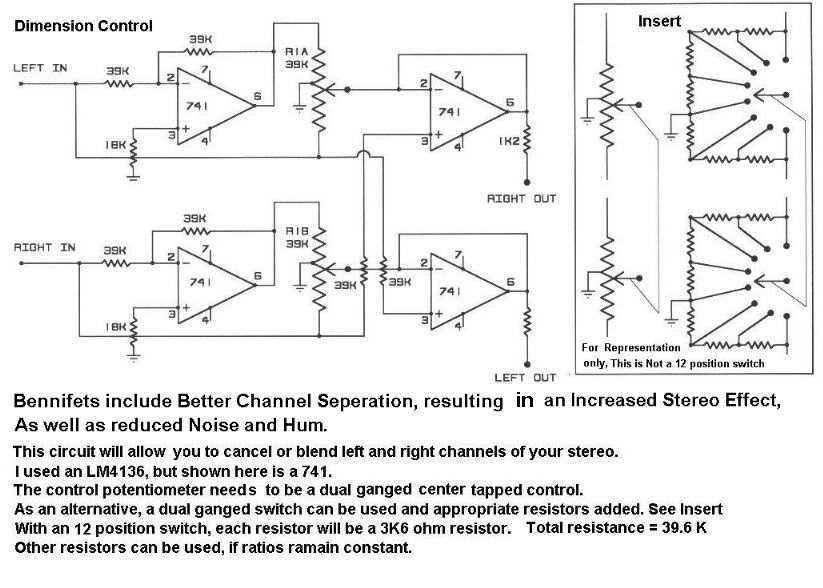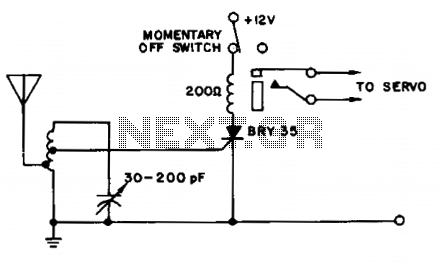
5 digit alarm control keypad
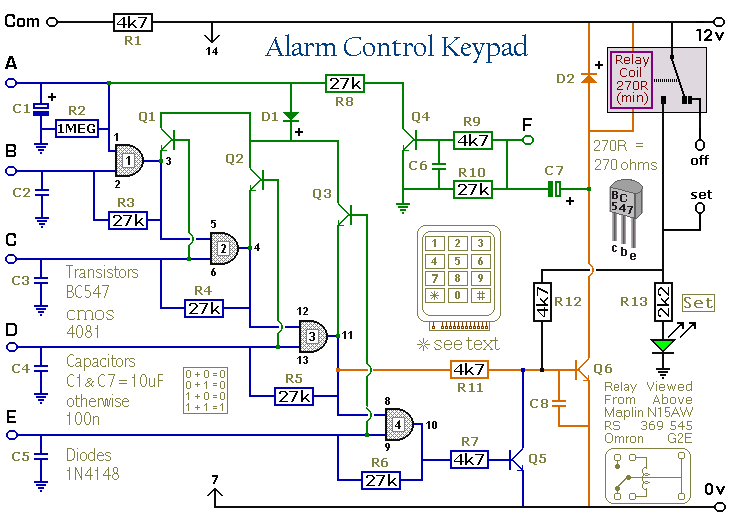
This keypad is designed for use with the Modular Burglar Alarm system, although it can be applied in various other contexts. Inputting the first four digits of a selected five-digit code will activate the relay, while entering the complete five-digit code will deactivate it.
The keypad operates as a secure input interface for alarm systems, allowing users to manage the state of the system through a numeric code. The design typically includes a matrix of keys, each corresponding to a digit, which are arranged to facilitate easy access and input.
When the first four digits of the code are entered, the internal logic of the keypad processes this input and sends a signal to energize a relay. The relay acts as a switch that can control various outputs, such as triggering an alarm or activating other devices within the security system.
The complete five-digit code serves a dual purpose: once entered, it signals the system to deactivate the relay, effectively disarming the alarm or switching off the connected devices. This feature enhances security by requiring users to remember a longer code to fully disengage the system, thus preventing unauthorized access.
In terms of electrical specifications, the keypad typically operates on a low-voltage power supply, often in the range of 5V to 12V DC, making it suitable for integration into various alarm systems. The relay output may be rated for higher voltages and currents, allowing it to interface with standard alarm systems or other electronic devices.
Additional features may include backlighting for visibility in low-light conditions, audible feedback for key presses, and a tamper switch that can trigger an alert if the keypad is removed from its mounting. Overall, the keypad is a versatile component that enhances the functionality and user interface of modular alarm systems and can be adapted for other applications requiring secure numeric input.This Keypad is suitable for the Modular Burglar Alarm. However, it has other applications. Entering the First Four Digits of your chosen Five-Digit code - will energize the relay. Entering the Full Five-Digit code - will de-energize it.. 🔗 External reference
The keypad operates as a secure input interface for alarm systems, allowing users to manage the state of the system through a numeric code. The design typically includes a matrix of keys, each corresponding to a digit, which are arranged to facilitate easy access and input.
When the first four digits of the code are entered, the internal logic of the keypad processes this input and sends a signal to energize a relay. The relay acts as a switch that can control various outputs, such as triggering an alarm or activating other devices within the security system.
The complete five-digit code serves a dual purpose: once entered, it signals the system to deactivate the relay, effectively disarming the alarm or switching off the connected devices. This feature enhances security by requiring users to remember a longer code to fully disengage the system, thus preventing unauthorized access.
In terms of electrical specifications, the keypad typically operates on a low-voltage power supply, often in the range of 5V to 12V DC, making it suitable for integration into various alarm systems. The relay output may be rated for higher voltages and currents, allowing it to interface with standard alarm systems or other electronic devices.
Additional features may include backlighting for visibility in low-light conditions, audible feedback for key presses, and a tamper switch that can trigger an alert if the keypad is removed from its mounting. Overall, the keypad is a versatile component that enhances the functionality and user interface of modular alarm systems and can be adapted for other applications requiring secure numeric input.This Keypad is suitable for the Modular Burglar Alarm. However, it has other applications. Entering the First Four Digits of your chosen Five-Digit code - will energize the relay. Entering the Full Five-Digit code - will de-energize it.. 🔗 External reference

